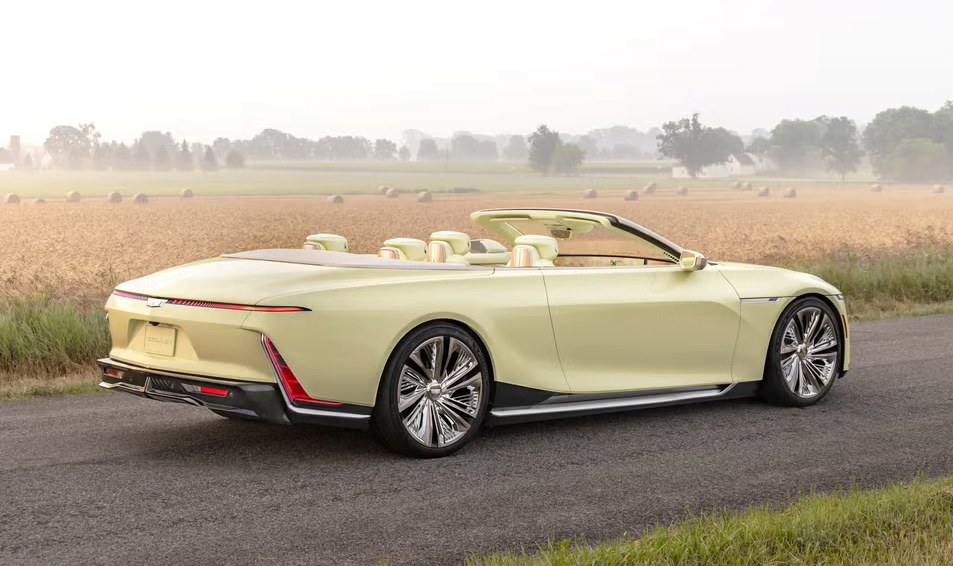Formula E is halfway through its Gen3 car cycle and plans are in motion for the upcoming Gen4 racer. Ahead of the Monaco E-Prix this weekend, Formula E debuted what it calls the Gen3 Evo, the fastest accelerating FIA single seater in the world by current standards. The series is also introducing body changes aimed at improving aerodynamics and durability, particularly to the nose, along with all-wheel drive (AWD) for the first time on a Formula E car.
Formula E says the Gen3 Evo is capable of accelerating a full second faster than the Gen3 version, going from 0 to 60 mph in 1.82 seconds (0-100 kph in 1.86 seconds). It explained that that time is 30 percent faster than a 2024 Formula 1 car and 36 percent faster than the Gen3 EV currently used in races.

A key aspect of this unlocked acceleration is the use of AWD on a Formula E car for the first time. The series debuted dual powertrains with Gen3, but until now, the one up front was only being used for battery regeneration. AWD will only be used during the later rounds of qualifying (head-to-head duels), the race start and when a driver has activated Attack Mode during the race. Besides the boost to acceleration, drivers should have better control and more grip when AWD is active.
One frustration of Gen3 that Formula E is addressing with the Gen3 Evo is the fragility of the front wing. As part of a larger overhaul to the body that includes new side pods, rear wing and more, the new car has a redesigned, slightly pointier nose and a strengthened front wing. With the Gen3 car, front wing damage is common, and it often gets stuck under the car, which becomes dangerous for a driver trying to make his way back to the pit lane. In addition to being “stronger” and “more robust,” according to Formula E, the body changes also improve aerodynamics, which could contribute to more wheel-to-wheel battles on track.
Another key change is to the tires. Formula E is still working with Hankook on the all-weather compound used for its races, but the updated version offers 5- to 10-percent more grip compared to the current spec. Dodds explained that this increase in traction is essential since Gen3 Evo employs the front powertrain for AWD.
In total, Formula E says the performance upgrades on the Gen3 Evo equate to a two-second drop in qualifying lap times around the tight, twisty Monaco street circuit. Since the series stipulates qualifying time in that estimate, that means AWD and a higher power mode would be active to achieve it. But, it also means Formula E is unlocking the full potential of what Gen3 has been capable of since its debut last season.
Indeed, the bulk of the Gen3 car is still intact. That includes an all-electric race car that’s incredibly efficient, converting 90 percent of its energy to mechanical power. By employing 600kW regenerative braking, the cars produce almost 50 percent of the energy they need to complete a race while on track. Like its predecessor, the Gen3 Evo remains capable of a top speed of 200 mph. And just like before, teams will make performance updates to the cars via software changes in search of any on-track advantage.
Formula E says there has already been some driver testing of the Gen3 Evo behind closed doors, and the feedback has been very positive. Dodds explained that Tag Heuer Porsche’s Pascal Wehrlein and DS Penske’s Jean-Éric Vergne both drove the car in test sessions with rave reviews. Vergne, who is one of the more outspoken drivers on the grid, specifically noted how much better it drives than the current car.











